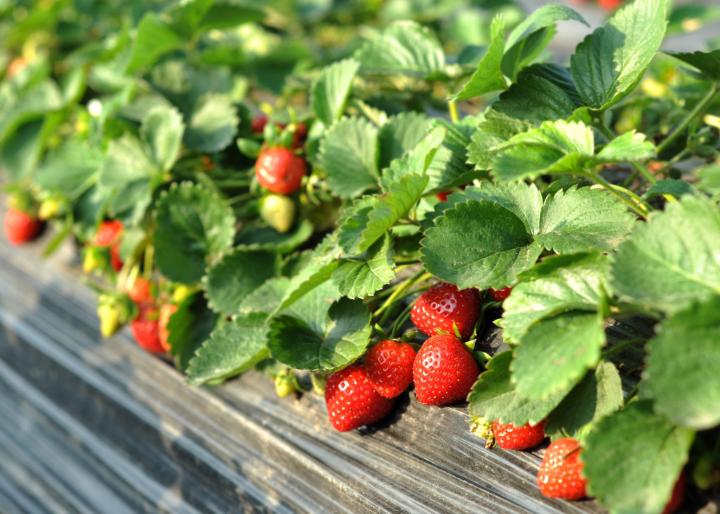Nothing beats the sweet, juicy taste of fresh strawberries right out of the garden. These delicious berries have long been a staple crop for home gardeners and small farmers. But even the most experienced growers can be confused about strawberry plants’ life cycle and when to replace older plants. Let’s take a closer look at how long strawberry plants live when they start to decline and how to keep your patch productive for years.
The Short but Productive Life of a Strawberry Plant
Strawberry plants are perennials that can bear fruit for several years However, their peak productive life is relatively short compared to other perennial fruits
-
In the first year after planting, strawberry plants will focus energy on root and leaf growth rather than fruit production.
-
Starting in year two, expect a good harvest from each plant
-
Peak productivity typically lasts 2-4 years after planting.
-
After 4 years, berry quantity and quality starts to decline as the plants lose vigor.
So while strawberry plants can technically live longer, their fruit output greatly diminishes past 4 years old. Replacing older plants with young runners helps maintain top yields.
How Strawberries Propagate Themselves
One amazing feature of strawberries is their ability to naturally propagate through runners. Understanding this process is key to having a productive patch.
In late summer, strawberry plants send out long runners along the soil surface. Small baby plants form where these runners take root. These runner plants mature over summer and can bear fruit themselves the next growing season.
Meanwhile, the parent plant continues fruiting but is gradually depleted over its short 2-4 year prime lifespan. Eventually the parent dies off while the runner daughters persist and replace it.
This constant cycle of new runner plants replacing older plants is how a strawberry patch sustains itself and avoids declining from old age.
Signs Your Strawberry Plants are Getting Old
Keeping an eye out for signs of aging can prompt you to take action:
- Smaller berries produced, and lower overall yields
- Less vigor, with smaller leaves and weaker runners
- Wilting of leaves and plant collapse
- Center crown area appears woody or dried out
- Development of dead spots and disease susceptibility
Plants showing multiple symptoms of old age are ready to be removed and replaced.
Maintaining a Productive Patch by Replacing Old Plants
To keep your strawberry patch evergreen:
-
Mark plants after 2 years and monitor for aging symptoms.
-
Remove plants after 4 years or sooner if degraded.
-
Allow vigorous 1-2 year old runner plants to fill in gaps.
-
Supplement by planting purchased bare root plants in fall.
-
Annually weed out overcrowding and excess runners.
Adopting this simple rotation system will ensure a constant supply of young, healthy strawberry plants. Your patch will stay lush, vigorous and bountifully productive for many seasons to come.
Frequently Asked Questions
How long do strawberry plants live?
On average, 4 years is the maximum lifespan for optimal fruit production. Plants may survive beyond 4 years but yields decline.
What causes old strawberry plants to die?
Natural depletion from repeated fruiting, root deterioration, and disease susceptibility contribute to mortality after 4 years.
How can you tell if a strawberry plant is old?
Signs like small berries, little new growth, crown woodiness and wilting mark old plants ready for replacement.
Should old mother plants be removed?
Yes, removing depleted 4+ year old plants after harvesting runner replacements maintains the patch’s productivity.
With a basic grasp of the strawberry plant life cycle, you can easily maintain a thriving patch bursting with juicy flavorful berries for years on end!

Preparing Strawberry Plants For Next Years Crop
- A Complete Guide to Caring for Yuki Cherry Blossom Shrub - January 23, 2025
- Identifying Red Hot Poker Seeds: What to Look For When Harvesting Torch Lily Pods - January 23, 2025
- A Complete Guide to Harvesting Evening Primrose Seeds - January 23, 2025
